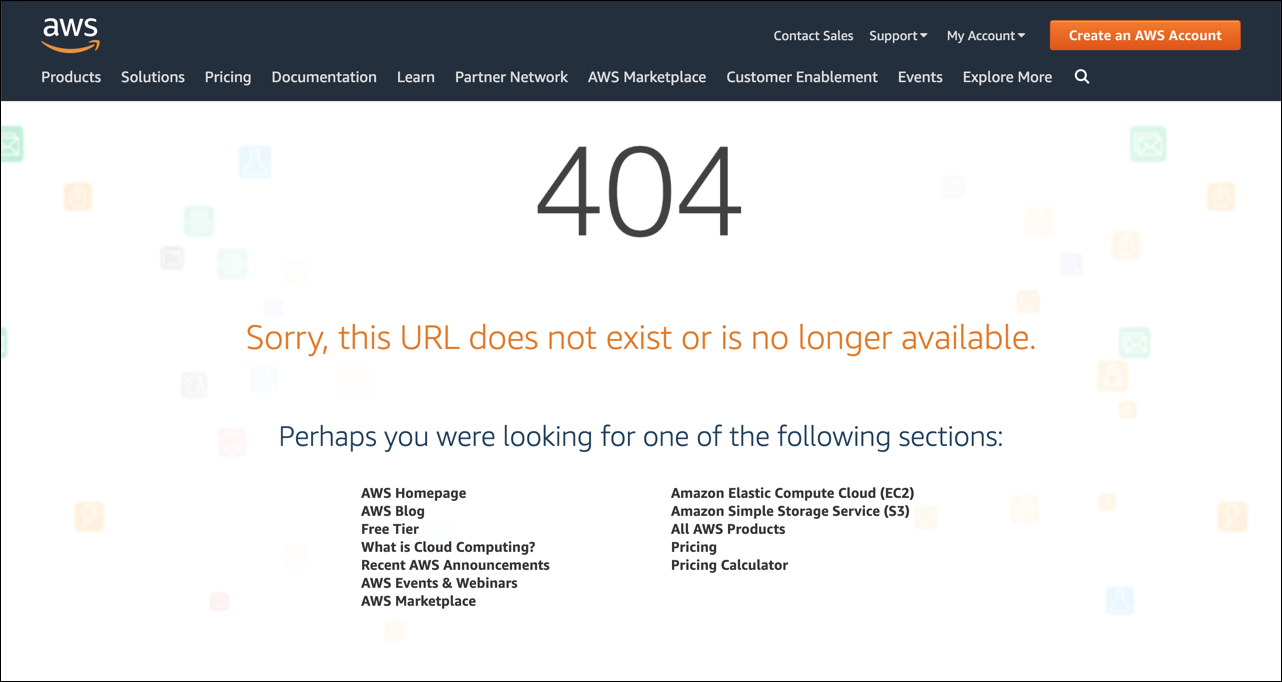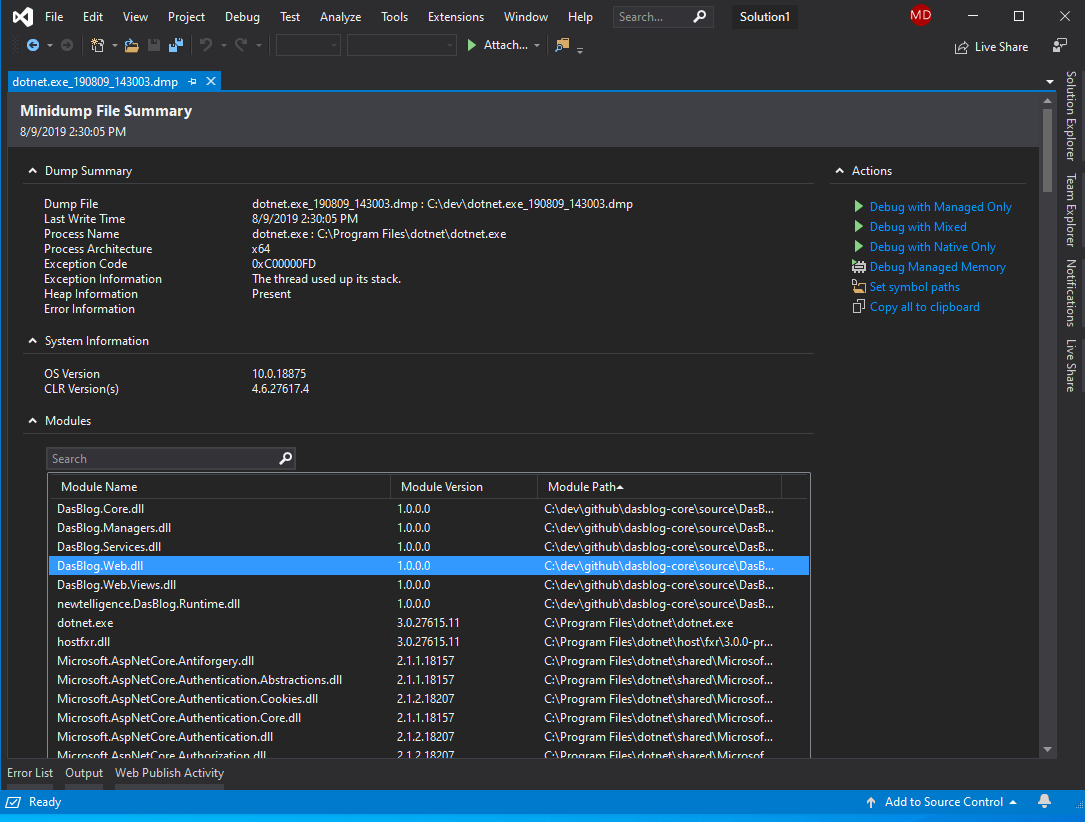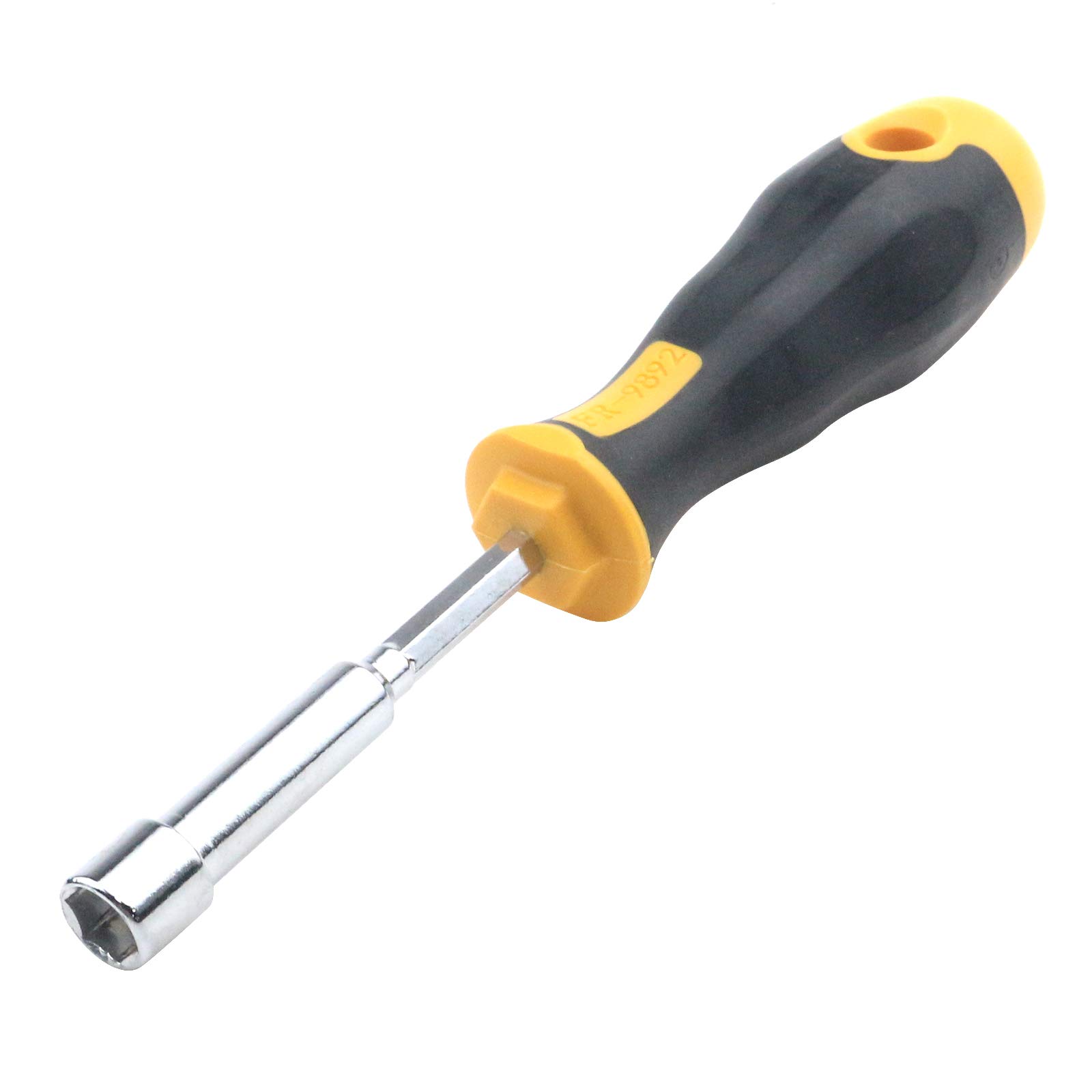Have you ever encountered a 503 Service Unavailable error while browsing the web? Wondering what it means and how to resolve it? Let’s dive into the details and discover the solutions for this frustrating issue.
Overview and Specifications

The 503 Service Unavailable error is an HTTP status code that indicates a temporary unavailability of a web server. This error is typically displayed when the server is unable to handle incoming requests due to various reasons such as maintenance, overload, or a configuration issue.
To fix a 503 error, there are several steps you can take:
1. Check the server status: Verify if the server is actually down or experiencing issues. You can do this by checking the server logs or contacting your hosting provider.
2. Identify the root cause: Determine what caused the error by analyzing the server logs or conducting a root cause analysis. This will help you understand if it’s a server-side issue or if it’s related to a specific website or web application.
3. Troubleshoot the issue: Once you’ve identified the root cause, you can start troubleshooting the problem. This may involve restarting the server, fixing configuration issues, or addressing any underlying problems with your website or web application.
4. Communicate with your users: If your website or web application experiences downtime due to a 503 error, it’s important to communicate the issue to your users. This can be done through a maintenance page, social media updates, or email notifications.
5. Consider using a web cache: Implementing a web cache can help improve the performance and availability of your website. A web cache stores copies of frequently accessed web pages, reducing the load on the server and preventing 503 errors.
6. Optimize your website: Ensure that your website or web application is optimized to handle incoming requests efficiently. This may involve optimizing code, reducing the number of plugins or unnecessary scripts, and optimizing database queries.
Browser Compatibility
![]()
| Browser | Version | Supported |
|---|---|---|
| Google Chrome | Latest | Yes |
| Firefox | Latest | Yes |
| Safari | Latest | Yes |
| Microsoft Edge | Latest | Yes |
| Internet Explorer | 11 | Partial |
| Opera | Latest | Yes |
It is important to ensure that your website or web application is compatible with different web browsers. The table above shows the browser compatibility for the latest versions of popular web browsers. While most modern browsers support the latest web technologies, older versions or less common browsers may have limited support.
Variations and Meanings
A 503 Service Unavailable Error is a common issue that occurs when a web server is unable to handle a request. This error message is typically displayed to users when a server is experiencing downtime or is overloaded with traffic.
There are several variations and meanings associated with this error, but they all indicate that the server is temporarily unable to fulfill the request. It can occur due to various reasons such as server-side issues, software glitches, or even denial-of-service attacks.
To fix a 503 error, there are a few troubleshooting steps you can take. First, try refreshing the page to see if the error resolves itself. If not, check if the issue is specific to your internet connection or web browser by trying to access the website from a different device or browser.
If the error persists, the root cause analysis may involve contacting the website administrator or hosting provider to inquire about any ongoing server maintenance or known issues. They may be able to provide further information or a timeline for when the server will be back online.
In some cases, a 503 error can be caused by server-side issues specific to certain platforms such as WordPress. If you are using a content management system like WordPress, ensure that all plugins and themes are up to date as outdated or incompatible plugins can sometimes trigger this error.
Common Causes
- Server Overload
- Server Maintenance
- Incorrect Server Configuration
- Plugin or Theme Conflict
- Resource Limitations
- DDoS Attacks

- Software Bugs
Repair Steps:
- Check Server Load
- Open Task Manager by pressing Ctrl+Shift+Esc
- Look for any processes consuming excessive CPU or memory
- If found, investigate and resolve the underlying issue causing the overload

- Verify Server Maintenance
- Contact your server administrator or hosting provider to inquire about scheduled maintenance
- If maintenance is ongoing, wait until it is completed
- Review Server Configuration
- Access the server configuration files
- Ensure that the settings are correct, including port numbers, virtual hosts, and server names
- If any discrepancies are found, make the necessary corrections and restart the server
- Disable Plugins and Themes
- Login to your website’s admin panel
- Deactivate all plugins and switch to a default theme
- Check if the 503 error persists
- If the error is resolved, reactivate plugins and themes one by one to identify the conflicting one
- Remove or replace the conflicting plugin or theme
- Update Resource Allocation
- Access your hosting control panel or server configuration files
- Increase the allocated memory, CPU limits, or other resource limitations to meet the website’s requirements
- Save the changes and restart the server
- Implement DDoS Protection
- Install a DDoS protection service or plugin
- Configure the settings according to your website’s needs
- Enable monitoring and mitigation of DDoS attacks
- Check for Software Updates
- Visit the official website or support forums of the software running on the server
- Look for any available updates or patches
- If updates are available, download and install them
- Restart the server after the updates are applied

Basic Troubleshooting Techniques

1. Refresh the page: Sometimes, a simple refresh can resolve the error. Press the refresh button on your web browser or use the keyboard shortcut Ctrl + F5 to reload the page.
2. Check for server maintenance: The website you are trying to access might be undergoing maintenance. Visit the website’s social media pages or check their status page for any announcements regarding downtime.
3. Clear your browser cache: Cached files can sometimes interfere with the proper functioning of a website. Clear your browser cache and try accessing the page again.
4. Disable proxies or VPNs: Proxies and VPNs can sometimes cause conflicts with the server connection. Disable any proxies or VPNs you are using and try accessing the website again.
5. Contact the website administrator: If the error persists, it could be a server-side issue. Reach out to the website administrator and inform them about the error you are experiencing. They might be able to provide further assistance or resolve the issue on their end.
Advanced Solutions for Webmasters
A 503 Service Unavailable error occurs when a server is temporarily unable to handle a request. This error can be frustrating for webmasters, but there are advanced solutions available to fix it.
One common cause of a 503 error is a server overload. This can happen during periods of high traffic or when the server is dealing with a denial-of-service attack. To resolve this issue, try increasing the server’s capacity or implementing load balancing.
Another possible cause is a misconfiguration in the server settings. To fix this, check the server logs for any error messages and correct any misconfigured settings.
Sometimes, a 503 error can be caused by a communication issue between the server and the client. This can be due to a problem with the communication protocol or a network issue. To troubleshoot this, check the network connection and ensure that the communication protocols are properly configured.
In some cases, a 503 error can be caused by a specific file or plugin on the server. To identify the problematic file or plugin, temporarily disable them one by one and see if the error persists.
Usability and user experience can also play a role in the occurrence of a 503 error. If the server is undergoing maintenance or experiencing downtime, it is important to provide users with a clear and informative message. Create a custom error page with a helpful message and suggestions for the user.
Additional Resources and Summary
![]()
- What is a 503 Service Unavailable Error: An explanation of what a 503 error is and why it occurs.
- Causes of a 503 Error: Common factors that can lead to a 503 error, such as server overload or maintenance.
- How to Fix a 503 Error: Helpful steps and solutions to resolve a 503 error, including checking server status and optimizing website performance.
- Best Practices to Prevent 503 Errors: Tips on preventing future 503 errors, such as implementing caching mechanisms and load balancing.
- Tools for Troubleshooting 503 Errors: Recommended tools and resources to aid in diagnosing and fixing a 503 error.
- Summary: A brief recap of the main points covered in the article.
F.A.Qs
What does a 503 message mean?
A 503 message means that the server is currently unable to handle the request.
What is the status message 503?
The status message 503 indicates that the server is currently unavailable, possibly due to being busy or undergoing maintenance. It signifies that the website is online and running, but cannot be accessed at the moment.
What is request status code 503?
Request status code 503 indicates that the server is currently unable to handle incoming requests due to being busy or undergoing maintenance. This typically occurs when the backend server is overloaded or exceeds its capacity.
How do I fix a 503 network error?
To fix a 503 network error, you can follow these steps:
– Check resource usage such as RAM, CPU, I/O, entry processes, and website inodes.
– Look for any ongoing maintenance activities.
– Stop any running processes.
– Reset the firewall.
– Examine server logs and fix any code issues.
– Restart your server and networking equipment.
– Verify your DNS settings.

